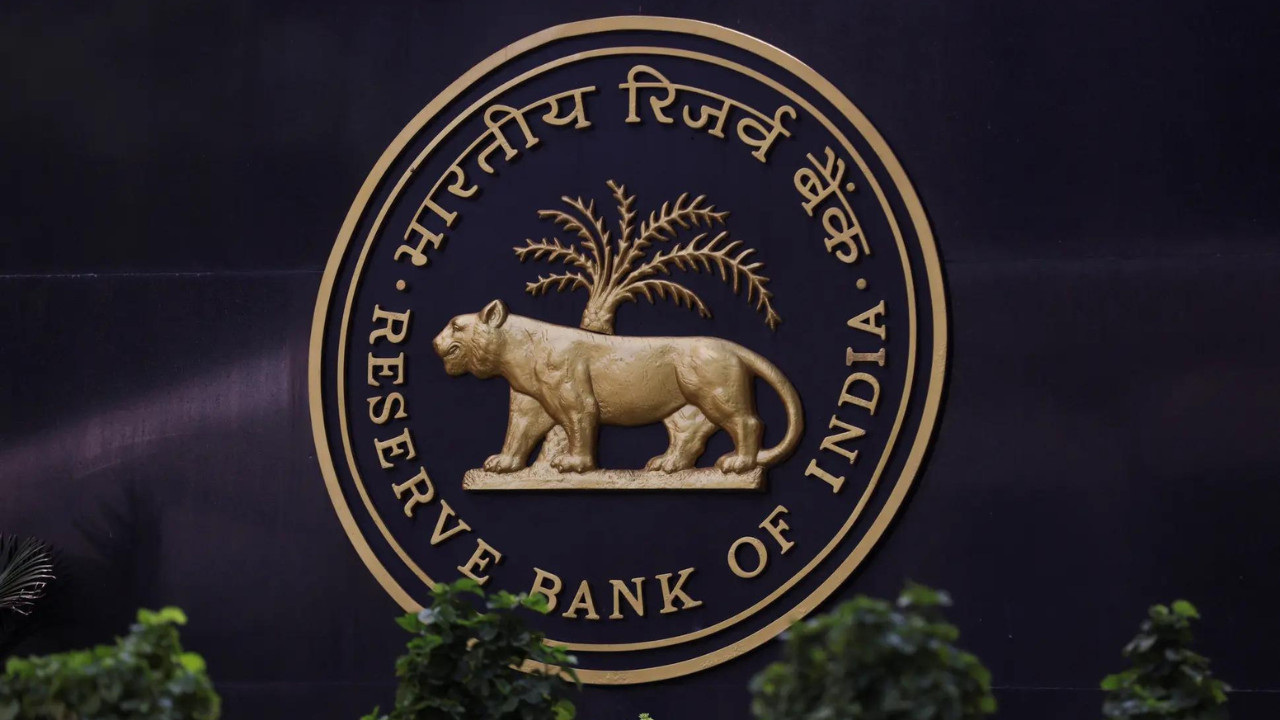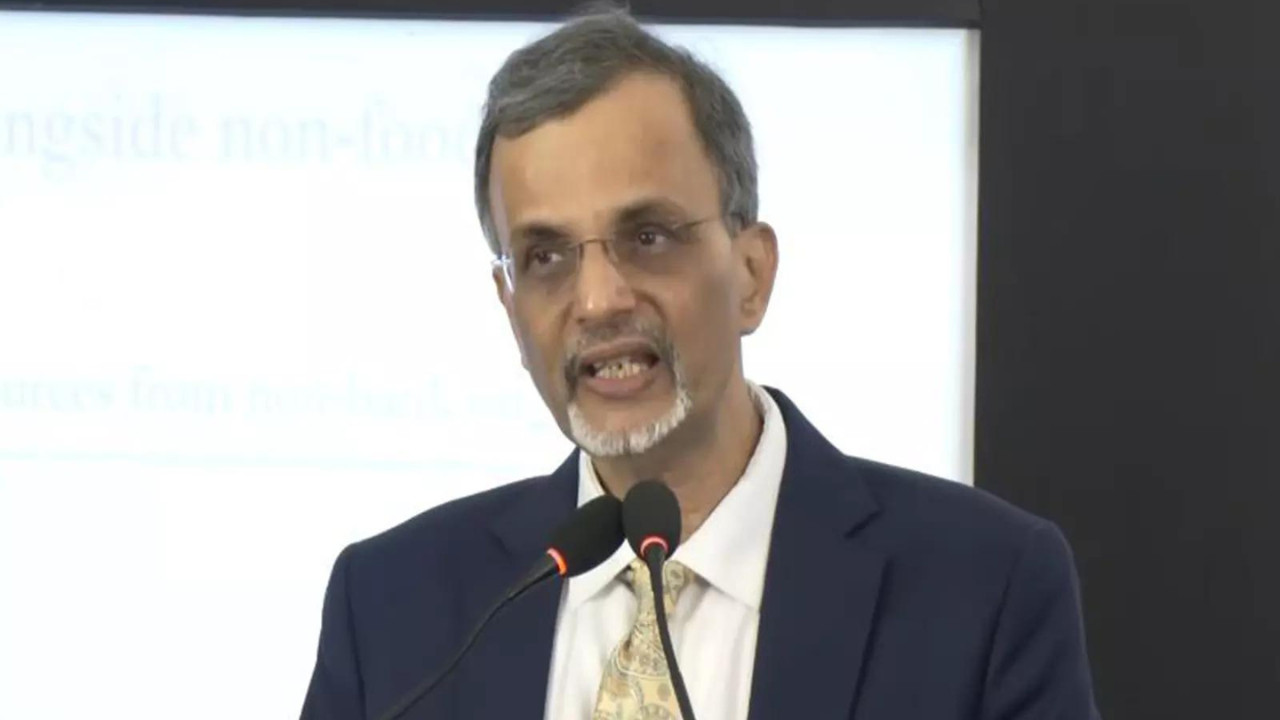Chief Economic Advisor V Anantha Nageswaran is confident India’s FY26 economic growth will surpass 6.8%, driven by increased consumption from GST rate cuts and income tax relief. He anticipates growth exceeding 6.5% and is comfortable projecting above 6.8%, awaiting Q2 numbers for a potential upward revision.
India’s Economic Ascent: A Glimpse into a Promising Future
The Indian economy is a complex, multifaceted beast, and predicting its trajectory is akin to charting a course through a dynamic storm. However, recent signals suggest a period of sustained and robust growth on the horizon. Buckle up, because the ride looks promising.
Chief Economic Advisor (CEA) V. Anantha Nageswaran recently painted an optimistic picture, projecting growth to comfortably exceed 6.8% in fiscal year 2026. This isn’t just wishful thinking; it’s a projection rooted in tangible factors that are actively reshaping the Indian economic landscape. But what’s fueling this confidence?
GST Cuts and Tax Relief: Catalysts for Growth
One of the primary drivers behind this optimistic outlook is the impact of strategic Goods and Services Tax (GST) cuts. These aren’t arbitrary reductions; they’re carefully calibrated measures designed to stimulate specific sectors and boost overall consumer spending. Think of it as a targeted injection of adrenaline directly into the heart of the economy. By reducing the tax burden on various goods and services, the government is effectively putting more money in the hands of businesses and consumers, fostering a virtuous cycle of increased demand, production, and investment.
Furthermore, targeted tax relief measures are playing a crucial role. By easing the financial pressure on individuals and corporations, the government is incentivizing both consumption and investment. Businesses are more likely to expand operations and hire new employees when they retain a larger share of their profits, while consumers are more inclined to spend when their disposable income increases. It’s a classic case of supply-side economics at work, with the potential to unlock significant economic potential.

Beyond the Numbers: A Resilient Economic Structure
India’s economic strength isn’t solely dependent on these fiscal measures. It’s built on a foundation of structural reforms and a growing entrepreneurial spirit. The government’s commitment to infrastructure development, coupled with initiatives like “Make in India,” are creating a more conducive environment for businesses to thrive. This proactive approach is attracting foreign investment, boosting domestic manufacturing, and creating jobs across various sectors.
Consider the digital revolution sweeping across the country. The proliferation of smartphones and affordable internet access is empowering a new generation of entrepreneurs and transforming the way businesses operate. From e-commerce to fintech, technology is driving innovation and creating new opportunities for economic growth. This digital transformation is not just a trend; it’s a fundamental shift that is reshaping the Indian economy from the ground up. Speaking of innovation, have you checked out our post on the latest advancements in Indian tech startups?
Navigating Global Headwinds: A Cautious Optimism
Of course, the Indian economy doesn’t exist in a vacuum. It’s inextricably linked to the global economic landscape, which is currently facing a number of challenges, including geopolitical uncertainties and inflationary pressures. While India has demonstrated remarkable resilience in the face of these headwinds, it’s important to acknowledge that they pose a potential risk to the growth trajectory.
The CEA acknowledges these challenges, emphasizing the need for continued vigilance and proactive policy adjustments. He highlights the importance of maintaining macroeconomic stability, managing inflation effectively, and promoting exports to mitigate the impact of global uncertainties. This balanced approach – acknowledging the risks while remaining optimistic about the future – is crucial for navigating the complexities of the current economic climate.
The Road Ahead: Sustainable and Inclusive Growth
The projected growth figures are undoubtedly encouraging. However, it’s equally important to ensure that this growth is sustainable and inclusive. This means focusing on creating opportunities for all segments of society, promoting environmental sustainability, and addressing social inequalities. After all, true economic progress isn’t just about GDP numbers; it’s about improving the lives of all citizens.
The government’s commitment to social welfare programs, coupled with its focus on skilling and education, are steps in the right direction. By investing in human capital and creating a more equitable society, India can unlock its full economic potential and build a more prosperous future for all. The forecast is bright, but it requires continued effort and a commitment to inclusive and sustainable policies. This upward trend in Indian economy growth has the potential to lift millions out of poverty.
The Indian economic narrative is one of cautious optimism, underpinned by strategic policy decisions and a resilient economic structure. While global uncertainties remain, the projected growth trajectory offers a compelling vision of a vibrant and prosperous future. The key lies in maintaining a balanced approach, prioritizing sustainable and inclusive growth, and remaining agile in the face of evolving global challenges. The potential is there; now it’s time to realize it.







